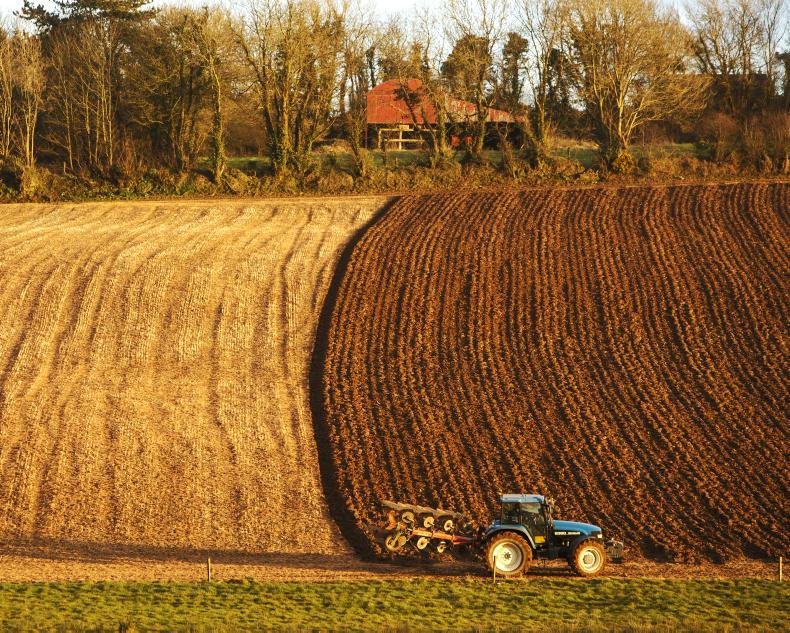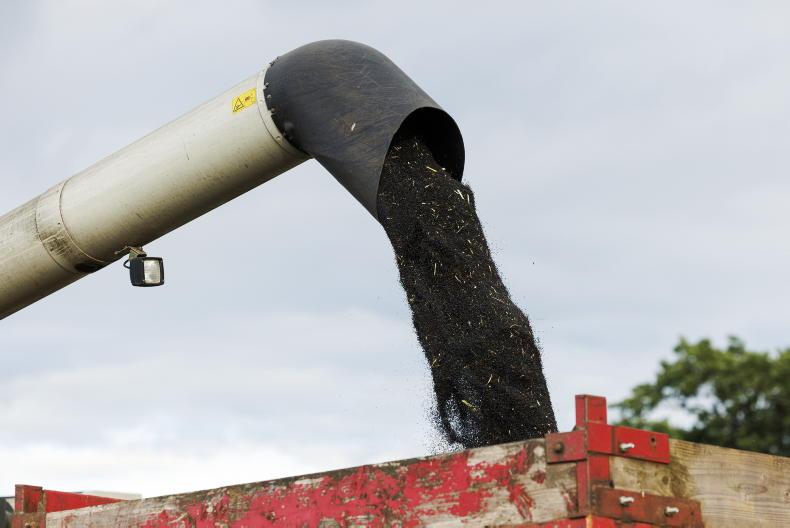Not spring yet
It seems that winter has no real intention of giving way to spring just yet. The calendar may be slipping by but the winter is not. Weather conditions remain very variable with some areas having got very significant rainfall and/or snow last week while others received little or none. For a change the western seaboard is getting the best of what’s going.
As we move well into the second half of March crops like spring wheat and beans and even oats must be questioned but not necessarily abandoned. Late maturity is a possible consequence of late planting and this could be a negative or a positive depending on the farm circumstances.
Planting
The sense of urgency is increasing to get certain crops sown but there is an even greater anxiety about the volume of work still to be done. In most regards ploughing is the priority because ground is still cold for planting, especially for barley.
It is getting quite late for beans and spring wheat but where these crops are important to you it is worth remembering that seasons generally compensate. While early cold can mean warmth later to speed things up, we do not want a big acreage of a crop that may not ripen until into October.
Seedbeds are a significant factor. They need to be good when planting late and into cold soil. But this could all change rapidly so it is essential to be ready to move.
Do not be afraid to explore the possibly of growing fodder crops rather than grain if you can find a good local market. Fodder surpluses may well be trimmed before active spring growth arrives so neighbours may be worth talking to.
The priority is to get beans, spring wheat and spring oats planted. Plant beans at around 35 seeds/m2 – 175 to 210kg/ha (11-13 st/ac) with seed at 450g to 550g TGW. Plant spring wheat at 300-350 seeds/m2 or 150-180 kg/ha (10-12 st/ac) (45-50g TGW). Plant oats at 350-400 seeds/m2 – 125-150 kg/ha for 35g seed (8-9 st/ac). Drill malting barley at 350 seeds/m2 – 160 kg/ha (10 st/ac) for 45g TGW seed – you need to establish about 300 plants/m2.
Winter weeds
It is important to get herbicide applied to winter cereal crops as soon as possible when trafficability and temperatures become suitable. While active growth is preferable for herbicide efficacy, the experience of recent years is saying that earlier application in cold conditions is still better than waiting for better growth conditions when the weeds are much bigger.
One of the few options for unsprayed winter barley is Firebird to try to knock back grass and the broadleaved weeds can be dealt with separately. Unsprayed winter wheat could be sprayed with Alister to get a broad spectrum of grass and broad-leaved weeds. Where sterile brome and other problem grasses are an issue, Broadway Star is an option along with some PDM if there is no annual meadowgrass present or with Alister if annual meadowgrass is already present. Alternatively Pacifica Plus might be used where a range of grass and other weeds are being targeted.










SHARING OPTIONS